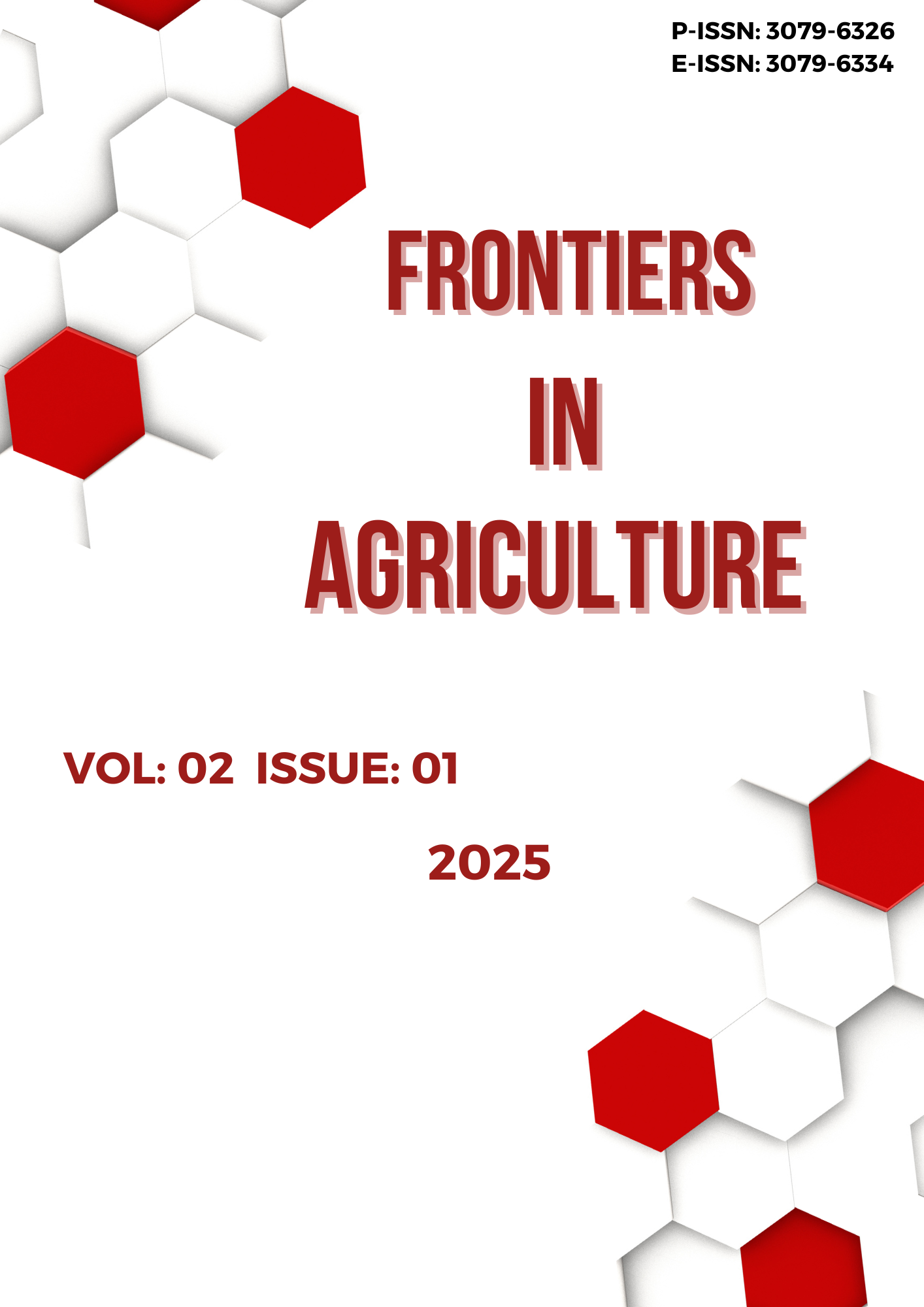Inverse Design of Sustainable Food Packaging Materials Using Generative Adversarial Networks
DOI:
https://doi.org/10.71465/fa35Keywords:
inverse design, generative adversarial networks, sustainable packaging, biodegradable materials, variational autoencoders, polymer design, computational materials scienceAbstract
The development of sustainable food packaging materials represents a critical challenge in addressing environmental concerns while maintaining food safety and quality standards. This research introduces a novel computational framework that employs Generative Adversarial Networks (GANs) for the inverse design of biodegradable packaging materials with tailored properties. Our approach integrates conditional GANs with materials property prediction networks to generate polymer structures optimized for specific barrier, mechanical, and biodegradability requirements. The methodology addresses the traditional trial-and-error approach in materials development by enabling direct design of packaging solutions based on desired performance criteria. Through computational validation, we demonstrate the framework's capability to generate novel biodegradable polymer compositions that exhibit enhanced oxygen barrier properties (reduced permeability by 45%) while maintaining mechanical integrity and achieving complete biodegradation within 60 days under composting conditions. The framework successfully navigates the complex multi-scale nature of polymer design, from molecular structure to final material properties, enabling systematic exploration of the vast chemical space for sustainable packaging applications. Our approach demonstrates superior performance compared to traditional design methods, generating materials with optimized properties 1000 times faster than conventional screening approaches while exploring significantly larger design spaces.
Downloads
Downloads
Published
Issue
Section
License
Copyright (c) 2025 Kevin Hal, Grace Morgan (Author)

This work is licensed under a Creative Commons Attribution-NonCommercial-NoDerivatives 4.0 International License.




